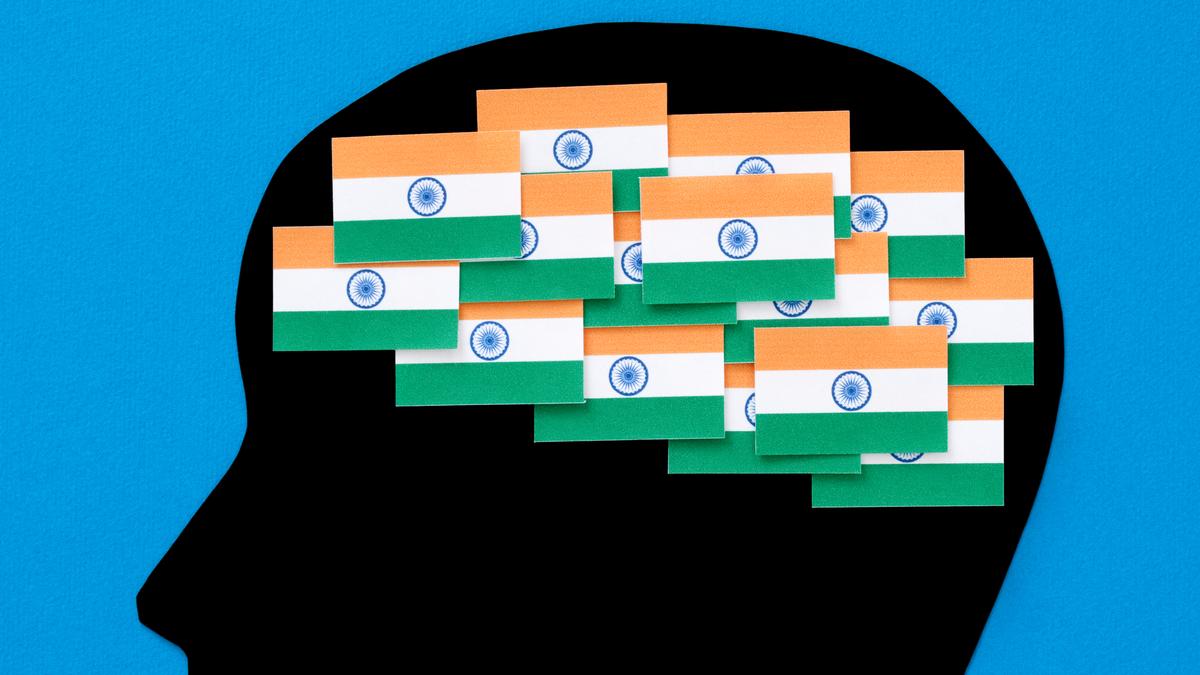- Courses
- GS Full Course 1 Year
- GS Full Course 2 Year
- GS Full Course 3 Year
- GS Full Course Till Selection
- Answer Alpha: Mains 2025 Mentorship
- MEP (Mains Enrichment Programme) Data, Facts
- Essay Target – 150+ Marks
- Online Program
- GS Recorded Course
- Polity
- Geography
- Economy
- Ancient, Medieval and Art & Culture AMAC
- Modern India, Post Independence & World History
- Environment
- Governance
- Science & Technology
- International Relations and Internal Security
- Disaster Management
- Ethics
- NCERT Current Affairs
- Indian Society and Social Issue
- NCERT- Science and Technology
- NCERT - Geography
- NCERT - Ancient History
- NCERT- World History
- NCERT Modern History
- CSAT
- 5 LAYERED ARJUNA Mentorship
- Public Administration Optional
- ABOUT US
- OUR TOPPERS
- TEST SERIES
- FREE STUDY MATERIAL
- VIDEOS
- CONTACT US
Digital Access is a Fundamental Right: Supreme Court
Digital Access is a Fundamental Right: Supreme Court

- In April 2025, the SC ruled that meaningful digital access is a part of Right to Life under Article 21.
- The judgment came in the case Amar Jain v. Union of India & Ors, filed by acid attack survivors and visually impaired persons.
- Petitioners faced exclusion from banking/welfare due to biometric-based e-KYC systems.
What Was the Issue in the Case?
- Petitioners challenged the exclusionary nature of digital KYC systems.
- Biometric-based methods like fingerprint and facial scans are not accessible to many persons with disabilities (PwDs).
- Acid attack survivors faced failures in facial recognition due to disfigurement.
- Visually impaired users struggled with apps lacking screen-reader support.
- As a result, they were denied access to banking, welfare, and digital services.
- These exclusions violated their Right to Dignity, Equality, and Access.
- Petitioners emphasized that the system’s design lacked reasonable accommodation, violating both constitutional rights and international obligations under the UNCRPD (United Nations Convention on the Rights of Persons with Disabilities).
What Did the Court Rule and Direct?
- The Court held that access to digital platforms is a constitutional guarantee under Article 21, not a privilege.
- It emphasized that digital access is essential to live with dignity and to avail basic public and private services.
- The Court issued strong directions to revise e-KYC norms to remove exclusionary practices.
- It urged the Reserve Bank of India (RBI) and all regulated entities, including private banks and fintech platforms, to ensure inclusive digital systems.
- These digital systems must comply with the Rights of Persons with Disabilities (RPwD) Act, 2016.
- The Court mandated the appointment of nodal officers in all departments to monitor accessibility compliance.
- It directed that regular accessibility audits be conducted by certified professionals to ensure continued compliance.
- It also required the active involvement of persons with disabilities (PwDs) in the design of digital infrastructure and platforms.
Constitutional Basis and the Need for Substantive Equality
The ruling draws strength from multiple constitutional provisions:
- Article 21: The right to life includes dignified digital access.
- Article 14: Denial of access to inclusive digital services violates the right to equality.
- Article 15: Systems that fail to accommodate language or disability concerns amount to discrimination.
- Article 38: The State must strive to minimize inequalities, including access to digital infrastructure.
The Court emphasized that digital transformation must not reinforce social exclusion but should actively promote substantive equality, where systems are designed to ensure inclusion for all—especially the most vulnerable.
Past Judicial Precedents Strengthening Digital Rights
This judgment builds upon prior landmark rulings:
- In Maneka Gandhi v. Union of India (1978), the SC laid down that any restriction on Article 21 must be just, fair, and reasonable—a principle now extended to include digital exclusions.
- In Faheema Shirin RK v. State of Kerala (2019), the Kerala High Court held that internet access is part of the Right to Life and Education.
- In Anuradha Bhasin v. Union of India (2020), the Supreme Court recognized internet freedom as essential under Article 19(1)(a) (speech) and Article 19(1)(g) (business), insisting on proportionality in any restriction.
These rulings establish that digital rights are intertwined with civil liberties and that access to the internet and digital infrastructure is now a necessary condition for full citizenship.
What Is KYC and What Are Its Digital Challenges?
- KYC (Know Your Customer) is a mandatory identity verification process under the Prevention of Money Laundering Act (PMLA), 2002.
- It requires submission of documents like ID proof, address proof, and photographs for verification.
- The Digital KYC system increasingly relies on Aadhaar-based e-KYC, which includes biometric verification such as fingerprint and facial recognition.
- The Central KYC Records Registry (CKYCRR), maintained by CERSAI, had over 94 crore KYC records as of September 2024, showing the vast scale of digital reliance.
- However, this digital dependence excludes those unable to provide fingerprints, such as persons with burn injuries or scars.
- It also excludes people who can't align their face for digital scans, such as acid attack survivors or individuals with facial disfigurements.
- Many individuals, particularly the marginalized, are unfamiliar with uploading digital documents, creating further barriers.
- As a result, digital KYC, in its current form, risks becoming exclusionary, particularly for marginalized communities and persons with disabilities.
Who Is Affected by Digital Exclusion?
The Court recognized that digital exclusion is not limited to PwDs. It affects a broad range of vulnerable groups:
|
Group |
Digital Barriers |
|
PwDs |
Lack of screen readers, exclusionary biometrics, non-intuitive interfaces |
|
Rural Citizens |
Poor internet access, lack of affordable smartphones |
|
Senior Citizens |
Low digital literacy, unfamiliarity with apps |
|
Linguistic Minorities |
Most platforms available only in Hindi/English |
|
Economically Weaker Sections |
Inability to afford devices or data plans |
Measures Recommended for Inclusive Digital Empowerment
To bridge this gap, the Court and experts suggest a range of measures:
- Inclusive Digital Infrastructure:
- Use screen readers, voice commands, and AI-based sign language translators.
- Avoid biometric-only systems—offer audio/haptic navigation for those with facial injuries.
- Mandate adherence to Web Content Accessibility Guidelines (WCAG).
- Targeted Digital Literacy:
- Expand PMGDISHA (Pradhan Mantri Gramin Digital Saksharta Abhiyan) to include disability-specific modules.
- Partner with institutions like NIEPMD and companies like Google or Microsoft to develop accessible training programs.
- Smart City Accessibility:
- Install digital signage in Braille, audio, and sign formats under the Smart Cities Mission.
- Ensure accessible public transport systems and navigation tools.
- Inclusive Innovation Labs:
- Establish public-private tech hubs to create low-cost assistive technology.
Develop innovative tools for digital onboarding of PwDs.



